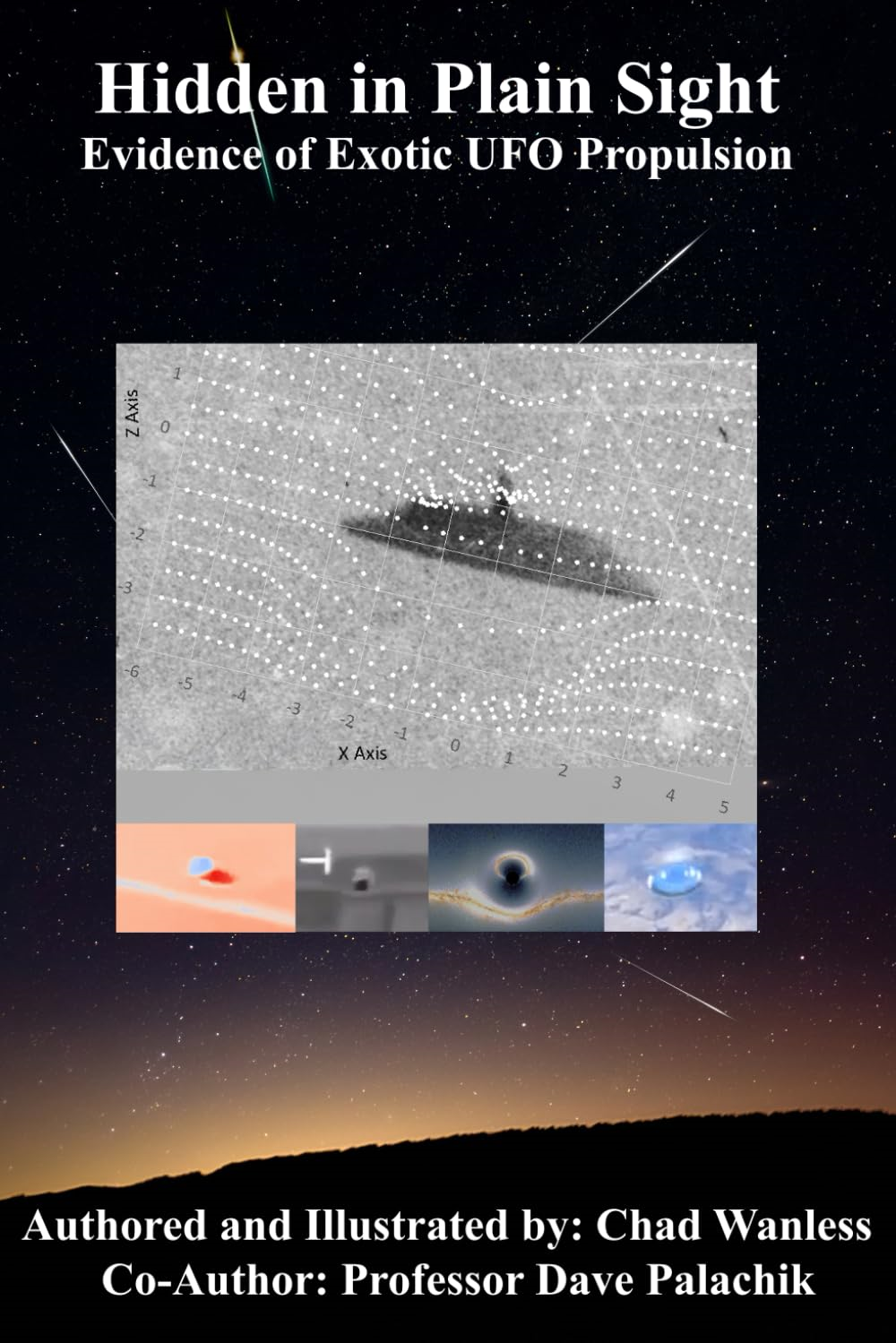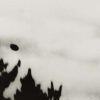If bacteria band together, they can survive for years in space0
- From Around the Web, Science & Technology, Space
- August 27, 2020
Dead outer microbes protect inner ones in clumps attached to the International Space Station

Dead outer microbes protect inner ones in clumps attached to the International Space Station
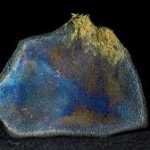
It’s a good time to be a Costa Rican meteorite-hunter.
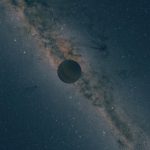
Free-floating, or rogue, exoplanets — free-floating planetary-mass objects that do not orbit a star and instead travel through space — could be surprisingly common in our Milky Way Galaxy; and NASA’s upcoming Nancy Grace Roman Space Telescope (Roman) will detect at least 250 such free-floating planets with masses down to that of Mars, according to a new paper published in the Astronomical Journal.
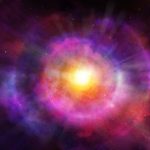
A mystery surrounding the space around our solar system is unfolding thanks to evidence of supernovae found in deep-sea sediments.
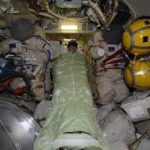
But there’s nothing to worry about, NASA officials stressed.

If you’ve looked at the news today, you’d be forgiven for thinking a huge asteroid is on track to collide with Earth the day before the 2020 US Presidential election.

NASA Hubble Space Telescope images of comet NEOWISE, taken on Aug. 8, zero in on the visitor’s coma, the gossamer shell of gas and dust that surrounds its nucleus as it is heated by the Sun. This is the first time Hubble has photographed a comet of this brightness at such resolution after this close of a pass by the Sun.
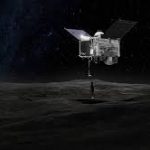
Nasa spacecraft makes final preparations to gather material from Bennu’s surface in October
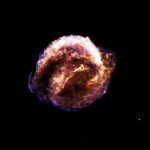
New images from NASA’s Chandra X-ray Observatory show small knots of metal-rich debris in the remnant of Kepler’s supernova, also known as SN 1604, are moving up to 37 million km per hour (23 million mph). These are extremely high speeds for an explosion that happened over 400 years ago as seen from Earth.
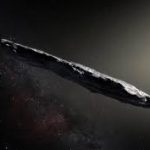
Aliens? Or a chunk of solid hydrogen? Which idea makes less sense?
